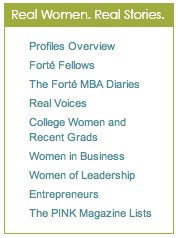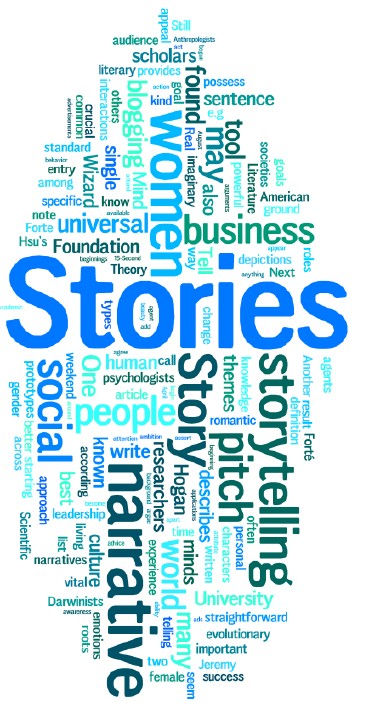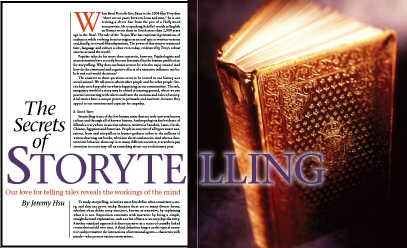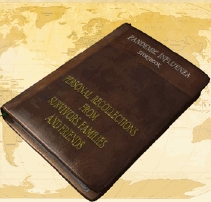I am a newspaper reader and have been since I was 7 years old (I learned a certain sad truth about Santa Claus by reading Dear Abby).
I intend to be a newspaper reader until the day I die. I am old enough that I believe newspapers will still be around until at least that point, though they certainly would seem to be in their death throes.
The newspaper I have read for the last 16 years, the Orlando Sentinel, has undergone a number of cost-cutting ravagings of its size and scope, all in the guise of “re-designs” that purport to make the paper better. Of course, they do not. They reduce it to a shadow of its former self. At the same time, newspapers like the Sentinel attempt to drive readers to their online version. I rarely seek news online unless some breaking story catches my attention through Twitter tweets. One effect has been that I also watch a lot less television than I used to because the Sentinel puts most of its TV reviews online, where I don’t read them.
In retrospect, I realize that my lifelong attraction to newspapers relates directly to my passion for storytelling.
As Jack Lail reported recently, Howard Weaver, McClatchy VP for News, told the Associated Press Managing Editors conference that “doing everything incrementally worse is a death spiral.”
The Orlando Sentinel — and most newspapers — are doing everything incrementally worse. As I write this entry, I am in Wilbur, WA, about an hour outside Spokane, the daily paper of which (The Spokesman-Review) just announced 60 job cuts and the editor’s resignation. I can’t really blame newspapers for their cutbacks. Newspapering in the 21st century is a Catch-22; fewer and fewer people are newspaper readers like me, so circulation is declining, advertising revenues are sinking, cost-cutting measures are making newspapers do everything incrementally worse, which means fewer and fewer people are newspaper readers. I am always astonished that people for whom I have enormous respect don’t read newspapers.
At the same time, newspaper publishers and journalists are learning to tell better stories online. The Readership Institute recently ran a piece on “Improving your visual storytelling on the Web,” with lots of graphic examples, and the site Interactive Narratives “capture[s] the best of online visual storytelling as practiced by online and print journalists from around the country and the world.” The site’s goal “is to highlight rich-media content, engaging storytelling, and eye-popping design in an environment that fosters interaction, discussion, and learning.”
I suppose improving journalistic storytelling online is a good thing, and reading online journalism is better than reading no journalism. I should never say never about becoming a reader of online news.
But as Howard Weaver also said, print journalism is about great storytelling and staying mission-focused on the communities newspapers serve, Lail reported.
Yes, it’s about the storytelling. For me, that means in print — newsprint.
I am a dying breed. I am a newspaper reader.







